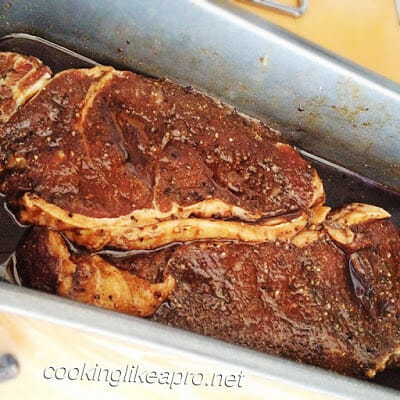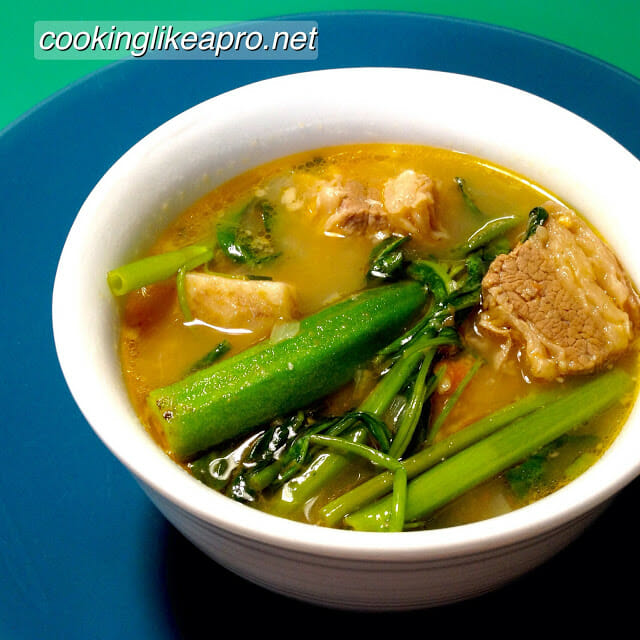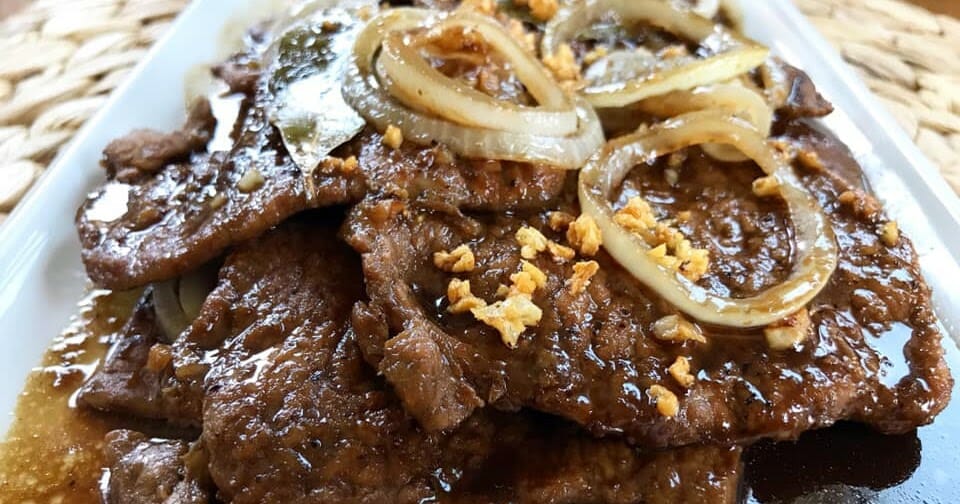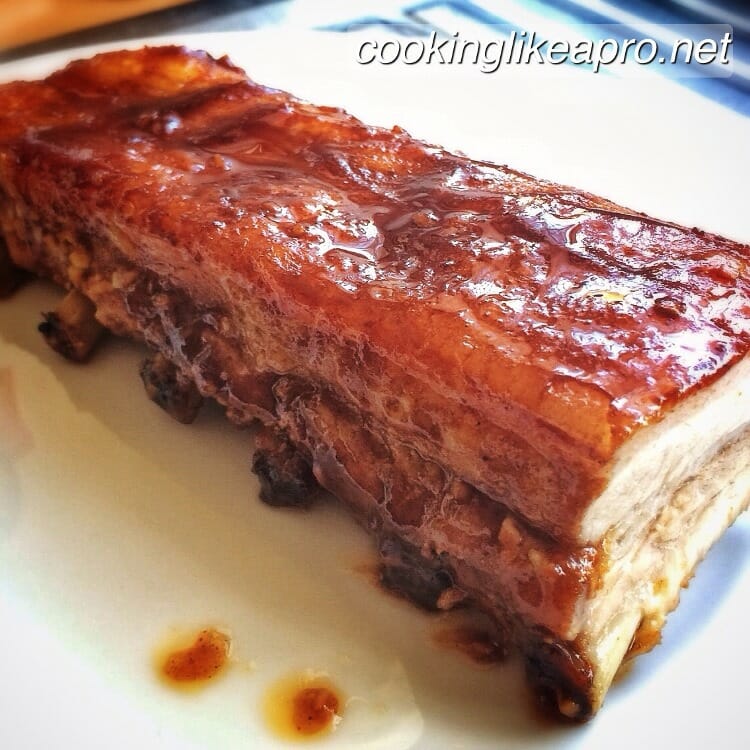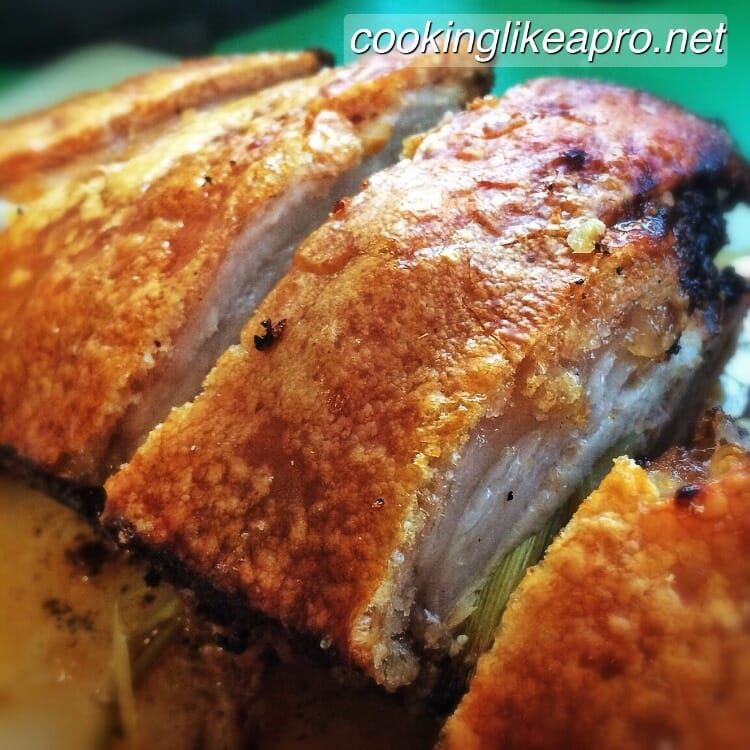When one speaks of Lumpiang Hubad, I instantly picture pieces of spring rolls stacked in a plate. There is however, a recipe for spring rolls that is done without actually wrapping the lumpia filling in rolls. This is what is called lumpiang hubad (naked spring roll).
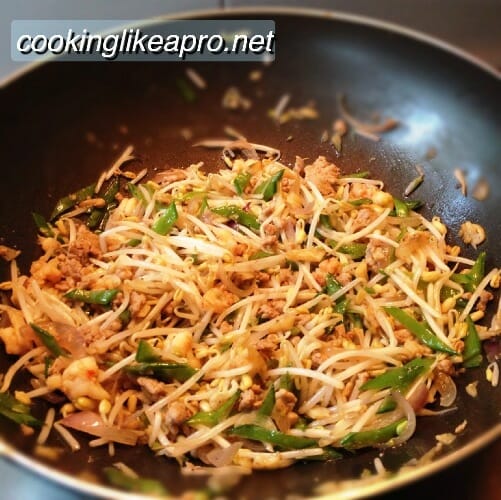
In the Philippines, some use turnips and young bamboo shoots in cooking lumpiang hubad. As for this particular recipe for spring rolls however, Cooking Like A Pro‘ll be using togue or mung bean sprouts. Once more, I’d like to thank my dad first (Thanks, Pa!!) for inspiring me to do this dish. While the hubby and I were on vacation in the PI, he craved for some of this lumpiang hubad; which is how I got re-acquainted with this tasty lumpiang hubad recipe.
Here’s how to do a simple lumpiang hubad dish.
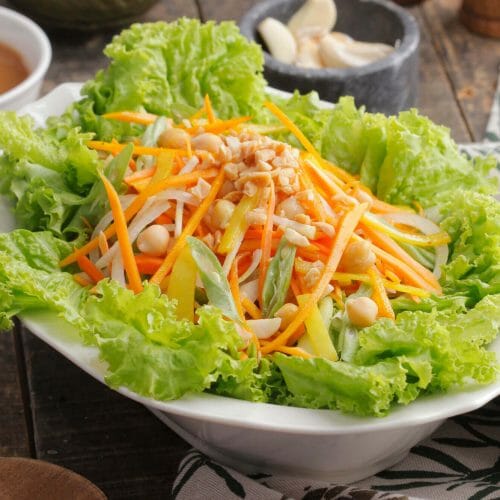
Lumpiang Hubad
Ingredients
- cooking oil
- salt and pepper to taste
- togue washed
- garlic crushed and chopped
- shrimps chopped
- ground pork
- onions
- snap beans cut diagonally
- water
- fish sauce
- oyster sauce
Instructions
- Saute' the garlic in hot oil.
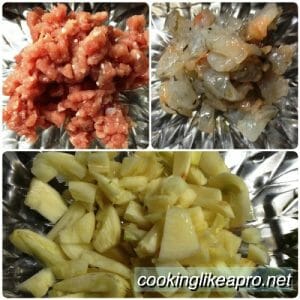
- Add the pork. Stir well.
- Season with salt and pepper.
- Add in the onions. Stir well.
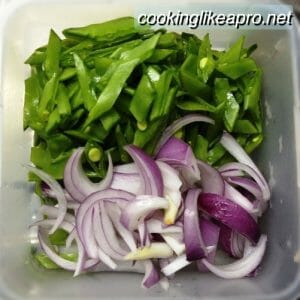
- When the onions soften, add in the shrimps.

- Season the dish with fish sauce. Mix well.
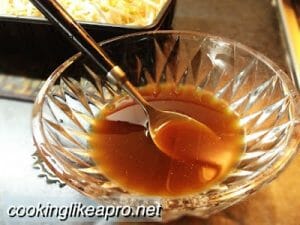
- Add the snap or green beans. Mix well.
- Cover the pan to let it simmer.
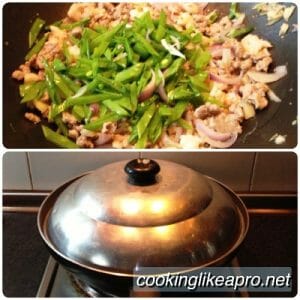
- Add the sauce (water, fish sauce and a little oyster sauce) into the pan.
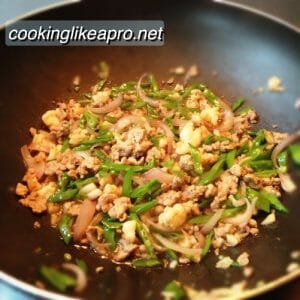
- Let the dish simmer.
- Add the togue. Mix well until the sprouts are soft and cooked.
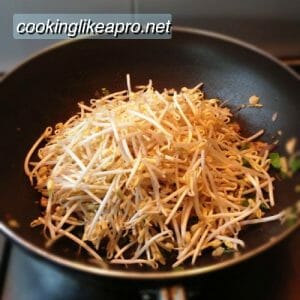
- Season with fish sauce and pepper, as desired.

- Serve while hot; and eat in lumps!
Video
Notes
About Lumpiang Hubad
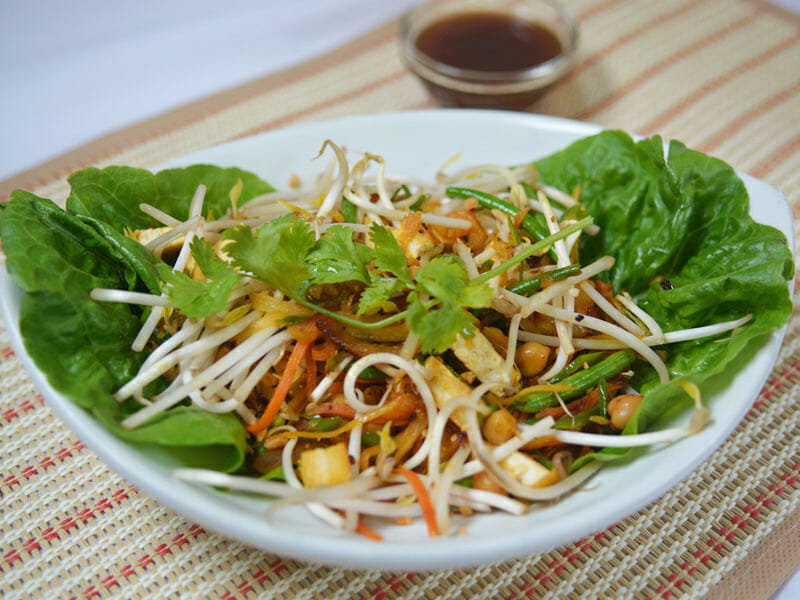
Lumpiang Hubad is a cherished traditional Filipino dish, celebrated for its mix of vegetables and occasional inclusion of meats like pork or shrimp. This versatile delicacy can be savored either fresh or fried, often served with rice and a delightful sweet sauce. It’s a staple street food that has found its way into the hearts and homes across the Philippines, especially in Silay where it’s particularly popular. To capture its authentic flavors, key ingredients such as garlic, bamboo shoots, and heart of palm are essential. Lumpiang Hubad is not just a snack; it’s a substantial meal that embodies Filipino cultural pride and is perfect for any time of the day.
Cooking Tips for Perfect Lumpiang Hubad

First things first, let’s talk veggies. The fresher, the better! Lumpiang Hubad is all about that crisp, vibrant veggie goodness. So hit up your local farmers’ market and grab the best produce you can find. Trust me, it makes all the difference.
Now, when it comes to stir-frying, keep that heat high and your moves quick. You want those veggies to be cooked but still have that delightful crunch. Oh, and a splash of soy sauce and a hint of sesame oil? Chef’s kiss!
FAQs About Lumpiang Hubad
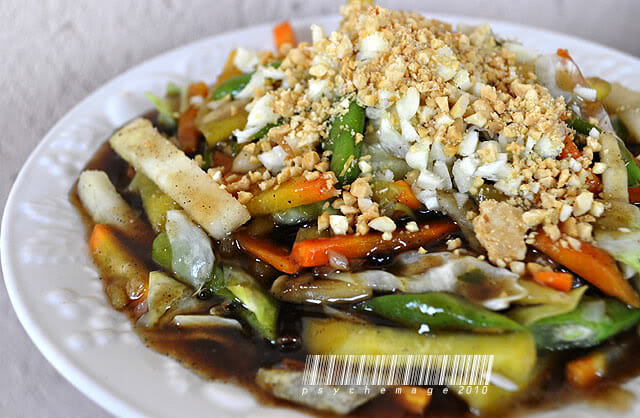
Got questions? I’ve got answers!
- What exactly is Lumpiang Hubad? It’s basically a deconstructed spring roll, all the yumminess without the wrapper. Think of it as Lumpiang Sariwa’s free-spirited cousin.
- Is it hard to make? Not at all! If you can chop and stir-fry, you’re golden.
- Can I add meat? Absolutely! While Lumpiang Hubad is traditionally veggie-heavy, feel free to add cooked shrimp, pork, or chicken for an extra protein punch.
Serving Suggestions for Lumpiang Hubad
When it comes to serving Lumpiang Hubad, I like to get a little fancy. Lay out a bed of lettuce leaves on a platter, pile that gorgeous veggie mix right on top, and then drizzle with a homemade garlic-peanut sauce that’ll make your taste buds dance.
And here’s a little tip from me to you – serve it with a side of fluffy jasmine rice. It’s like they were made for each other.
So there you have it, folks! Whether you’re a Lumpiang Hubad newbie or a seasoned pro, I hope these tips help you whip up a dish that’s as fun to make as it is to eat. Don’t forget to share your creations with me – I’d love to see how you bring your own flair to this Filipino classic!
Until next time, keep those flavors bold and your hearts full!


